Related Research Articles
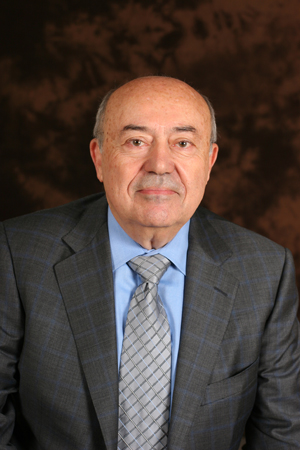
Andrew James Viterbi is an Italian Jewish–American electrical engineer and businessman who co-founded Qualcomm Inc. and invented the Viterbi algorithm. He is the Presidential Chair Professor of Electrical Engineering at the University of Southern California's Viterbi School of Engineering, which was named in his honor in 2004 in recognition of his $52 million gift.

Christoph Wolff is a German musicologist. He is best known for his works on the music, life, and period of Johann Sebastian Bach. Christoph Wolff is an emeritus professor of Harvard University, and was part of the faculty since 1976, and former director of the Bach Archive in Leipzig from 2001 to 2014.

The Columbia University School of Social Work is the graduate school of social work of Columbia University. It is the nation's oldest social work program, with roots extending back to 1898, when the New York Charity Organization Society's first summer course was announced in The New York Times and began awarding the Master of Science (MS) degree in 1940. With an enrollment of over 900, it is one of the largest social work schools in the United States. The combination of its age and size has led to the School becoming a repository for much of the reference literature in the social work field.

Mario Ramberg Capecchi is an Italian-born molecular geneticist and a co-awardee of the 2007 Nobel Prize in Physiology or Medicine for discovering a method to create mice in which a specific gene is turned off, known as knockout mice. He shared the prize with Martin Evans and Oliver Smithies. He is currently Distinguished Professor of Human Genetics and Biology at the University of Utah School of Medicine.

The American Geographical Society (AGS) is an organization of professional geographers, founded in 1851 in New York City. Most fellows of the society are Americans, but among them have always been a significant number of fellows from around the world. The society encourages activities that expands geographical knowledge, and the interpretation of that knowledge so that it can be useful to geographers and other disciplines, especially in a policymaking environment. It is the oldest nationwide geographical organization in the United States. Over the century and a half of its existence, the AGS has been especially interested in three regions: the Arctic, the Antarctic, and Latin America. A signature characteristic of the AGS-sponsored exploration was the requirement that its expeditions produce tangible scientific results.
Dame Frances Anne Cairncross, is a British economist, journalist and academic. She is a senior fellow at the School of Public Policy, UCLA.
The Victoria Medal is an award presented by the Royal Geographical Society. It is awarded "for conspicuous merit in research in geography" and has been given since 1902, in honour of the late Queen Victoria. Up until then, the society's Patron's Medal had alternatively been known as the "Victoria Medal", and the new medal resembled its original design.

Nina Vsevolod Fedoroff is an American molecular biologist known for her research in life sciences and biotechnology, especially transposable elements or jumping genes. and plant stress response. In 2007, President George W. Bush awarded her the National Medal of Science, she is also a member of the United States National Academy of Sciences, the American Academy of Arts and Sciences, the European Academy of Sciences, and the American Academy of Microbiology.

JoAnne Stubbe is an American chemist best known for her work on ribonucleotide reductases, for which she was awarded the National Medal of Science in 2009. In 2017, she retired as a Professor of Chemistry and Biology at the Massachusetts Institute of Technology.
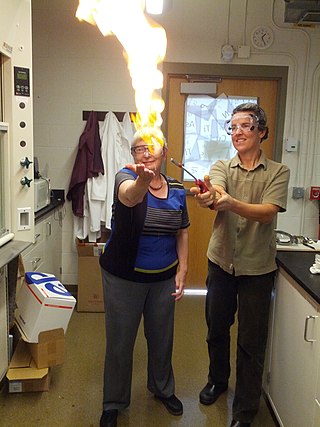
Alexandra Navrotsky is a physical chemist in the field of nanogeoscience. She is an elected member of the United States National Academy of Sciences (NAS) and the American Philosophical Society (APS). She was a board member of the Earth Sciences and Resources division of the NAS from 1995 until 2000. In 2005, she was awarded the Urey Medal, by the European Association of Geochemistry. In 2006, she was awarded the Harry H. Hess Medal, by the American Geophysical Union. She is currently the director of NEAT ORU, a primary program in nanogeoscience. She is distinguished professor at University of California, Davis.
Susan Irene Rotroff is an American classical archaeologist, classicist, and academic, specialising in the art, archaeology, and pottery of Ancient Greece. She was Jarvis Thurston and Mona Van Duyn Professor in the Humanities, at Washington University in St. Louis.
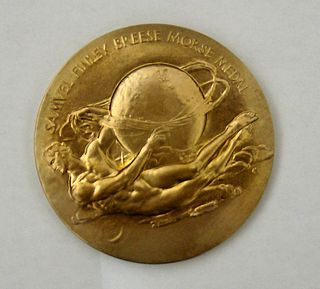
The Samuel Finely Breese Morse Medal was established in 1902. Designed by Laura G. Fraser, this medal is awarded by the American Geographical Society for "achievements and pioneering in geographical research."
Susanna B. Hecht is an American geographer, professor of Urban Planning at UCLA and professor of international history at the Graduate Institute of International and Development Studies in Geneva.
Andrew Sluyter is an American social scientist who currently teaches as a professor in the Geography and Anthropology Department of the Louisiana State University in Baton Rouge. His interests are the environmental history and historical, cultural, and political ecology of the colonization of the Americas. He has made various contributions to the theorization of colonialism and landscape, the critique of neo-environmental determinism, to understanding pre-colonial and colonial agriculture and environmental change in Mexico, to revealing African contributions to establishing cattle ranching in the Americas, and to the historical geographies of Hispanics and Latinos in New Orleans. With the publication of Black Ranching Frontiers: African Cattle Herders of the Atlantic World, 1500–1900 and a 2012–13 Digital Innovation Fellowship from the American Council of Learned Societies, he has joined a growing number of scholars from multiple disciplines working from the perspective of Atlantic History and using the tools of the Digital Humanities. His latest book, Hispanic and Latino New Orleans: Immigration and Identity since the Eighteenth Century, co-authored with Case Watkins, James Chaney, and Annie M. Gibson, was awarded the 2015 John Brinckerhoff Jackson Book Prize by the American Association of Geographers.
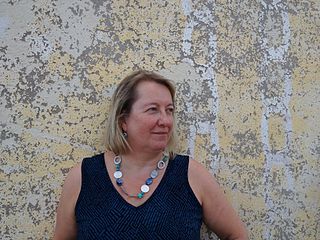
Diana Liverman is a retired Regents Professor of Geography and Development and past Director of the University of Arizona School of Geography, Development and Environment in the College of Social and Behavioral Sciences in Tucson, Arizona.
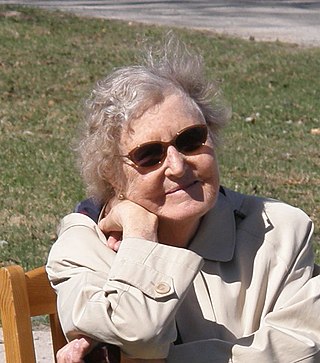
Ilse Lehiste was an Estonian-born American linguist, author of many studies in phonetics.

Judith P. Klinman is an American chemist, biochemist, and molecular biologist known for her work on enzyme catalysis. She became the first female professor in the physical sciences at the University of California, Berkeley in 1978, where she is now Professor of the Graduate School and Chancellor's Professor. In 2012, she was awarded the National Medal of Science by President Barack Obama. She is a member of the National Academy of Sciences, American Academy of Arts and Sciences, American Association for the Advancement of Science, and the American Philosophical Society.

Karen Ching-Yee Seto is a geographer, urbanisation and land change scientist, and Frederick C. Hixon Professor of Geography and Urbanisation Science at Yale University. She is an expert on urbanisation and sustainability, and satellite remote sensing. She was the co-lead for the chapter on urban mitigation in Intergovernmental Panel on Climate Change (IPCC) 6th Assessment Report and IPCC 5th Assessment Report. From 2014 to 2020, she was the co-editor-in-chief of the scientific journal Global Environmental Change. She is an elected member of the U.S. National Academy of Sciences (NAS), the Connecticut Academy of Science and Engineering (CASE), the American Academy of Arts and Sciences, the Council on Foreign Relations, and a fellow of the American Association for the Advancement of Science (AAAS).
References
- ↑ Ubique (September 2004 Vol XXIV Number 2) pp.4 — American Geographical Society
- ↑ "New School University Annual Report 2002-2003". The New School. Archived from the original on 2004-06-22. Retrieved 2010-06-17.
- ↑ "American Geographical Society Award the Alexander and Ilse Melamid Medal to Prof. Andrew Blowers | OpenSpace Research Centre".
- ↑ Zimmerer receives medal from American Geographical Society. Retrieved November 24, 2013.